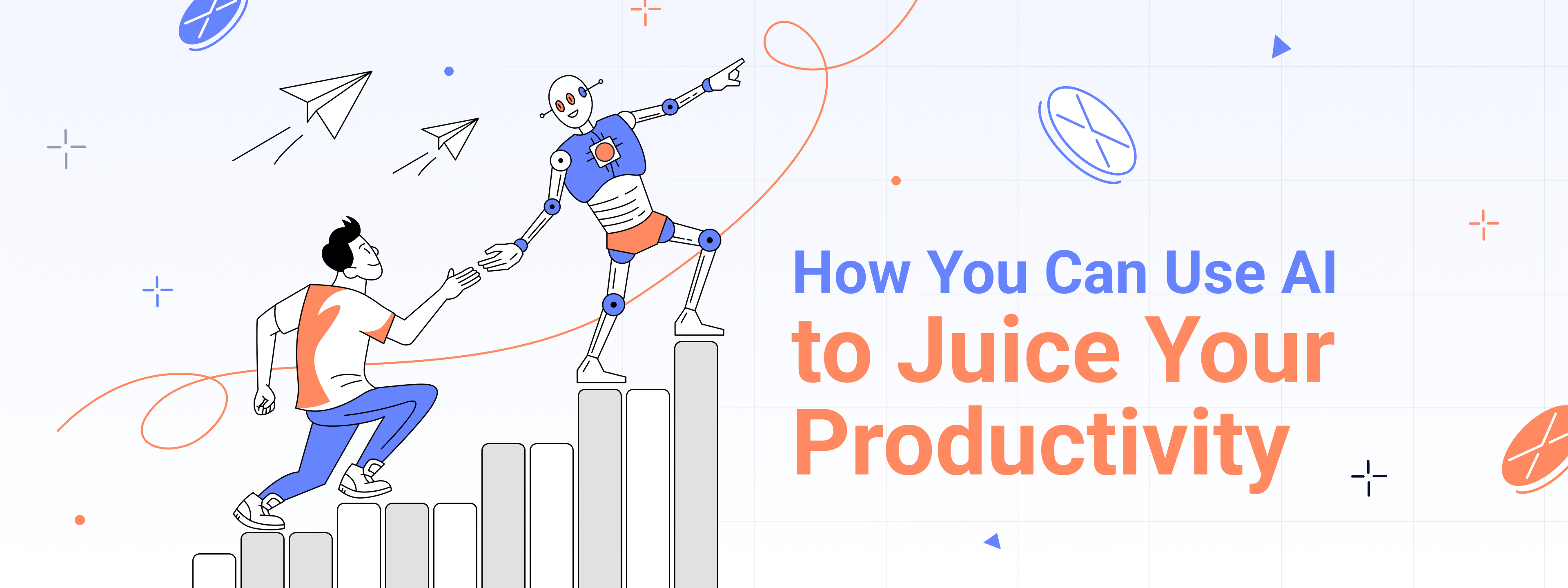The new generation of artificial intelligence software, including products like ChatGPT-4, Midjourney and other apps, offer a step change in capability. Suddenly, AI has moved from being the preserve of science fiction into a technology that literally hundreds of millions of people are using every day – many without even knowing it.
Much has been written about how AI will lead to mass unemployment as millions of jobs are automated. While it’s true there will be disruption (as there is with any new technology), that’s not the whole story. AI is an amazing productivity tool that experts can use to dramatically increase their efficiency.
Think back to the days before internet search engines (or try to imagine what it was like if you’re not that old). To find information you needed, you would visit a library and look it up in a book, or go and ask someone who knew.
Now, Google enables you to find the same information in seconds or minutes that it might previously have taken hours to locate. AI offers productivity gains of the same kind of order of magnitude.
However, like Google, AI is just a tool. It can help you do your job faster, better and more accurately – but it can’t simply do it all for you. (Or, if it can, the result may not be worth the apparent saving of time and money.)
Look at it this way. An electric chop saw and a nail gun will help you to frame a house quickly and efficiently. If you already know what you’re doing, they will save you a huge amount of time and effort over using hand tools. If you don’t, then they won’t make you a master carpenter. You’ll just be doing a bad job with more powerful tools – that is, you’ll be doing it badly more quickly (and potentially dangerously). It’s the same with AI.
Rather than leave this as a general article, we’ll take some specific, practical examples of how specialists can use AI to juice their productivity.
Let’s Dig In
Take note of that word ‘specialist’. You don’t need to be a master of your discipline to gain some serious productivity gains from AI, but the more experienced you are, the greater the benefits will be. Remember that AI is just a tool: it won’t replace the most high-level human elements of your work, only increase your speed and quality.
Developers
More and more developers are using AI to write code. Does that mean there’s a decreasing role for developers? Far from it.
If you’re not already a developer, AI won’t magically enable you to write complete dApps – especially not securely and efficiently. If you are a developer, you can use AI to write sample chunks of code incredibly easily. You can then review these, edit them if you need to, and plug them into your dApp.
In this example, you need to know at least some basics of Solidity development, including what a modifier is and how to apply one to a function. It should immediately be clear that this will be somewhat helpful to beginner developers, but it won’t be a substitute for learning how to code. However, it can be incredibly useful for intermediate and experienced developers.
Translators
AI offers fantastic benefits to translators – but, as in the previous example, it’s not a substitute for having some knowledge of the language. Once again, the more experienced you are, the greater the productivity gains, since you’ll be able to check and adapt the provided content quickly, without having to figure out whether it’s accurate.
Copywriters
It’s the same with content creators, such as copywriters. If you’re not a writer, it’s a bad idea to rely solely on AI to create content for your business – you’ll end up with extremely middle-of-the-road, cookie-cutter material that doesn’t stand out and doesn’t fit your brand. What AI can do is take a lot of the legwork out of the process of coming up with ideas, building editorial calendars, and researching and structuring articles.
Just like coding, you can use AI to generate chunks of content. However, you should not use them as-is. (Apart from anything else, while the material is generally decent quality, it’s immediately recognisable as being AI-generated.) You’ll need to check them for factual accuracy, rewrite them to match the style and register of your organisation, place them within the structure of your article – especially if it’s a longer article – and implement any SEO practices you use.
Artists And Designers
Finally, you will already have seen AI-generated art (whether you realise it or not). Just as with the textual examples above, the best designers will use AI to create a starting point for their images (which will be good, but not perfect). They can then use PhotoShop and other editing tools they have learned to use to clean up, adapt and enhance them, as well as compositing them with photographs and other images – giving incredible results that combine the best of human and AI abilities.
https://www.youtube.com/watch?v=smgYs-A0ZSk
Human Expertise + AI = Productivity Gains
These are all fairly straightforward examples that make the point that AI is not yet sophisticated enough to replace humans, and may not be for many years, if ever – but that it can be used by experienced professionals to provide an incredible productivity boost. There are many more use cases from other disciplines that make the same point: no one would want to have a medical condition diagnosed by AI alone, without the input of a human doctor, for example, or trust their legal defence to AI.
The combination of artificial intelligence and human experience is an exceptionally strong one. Wherever the development of AI systems takes us in the future, this human-AI partnership is the next frontier, and where there are huge rewards ready for the taking.


